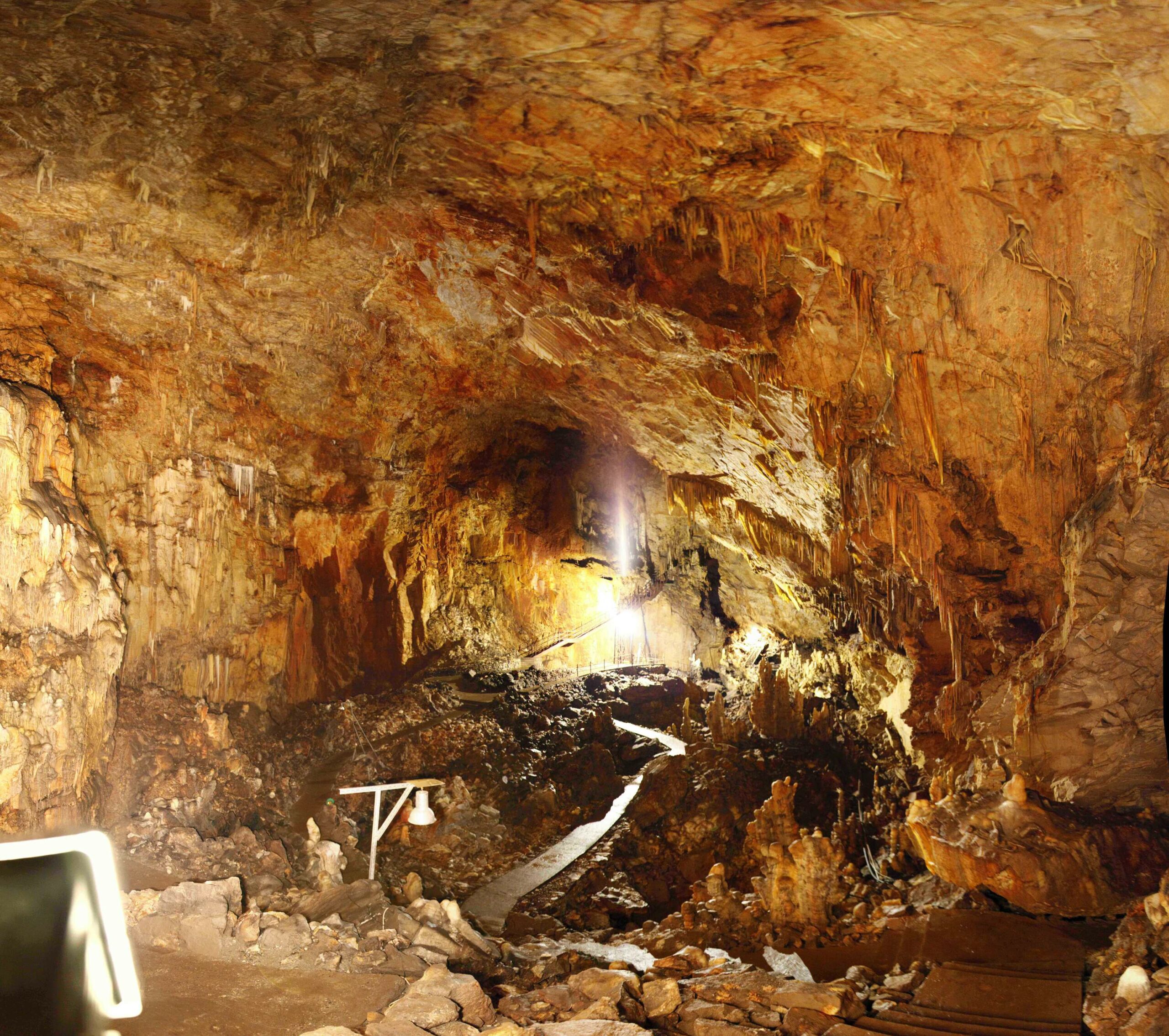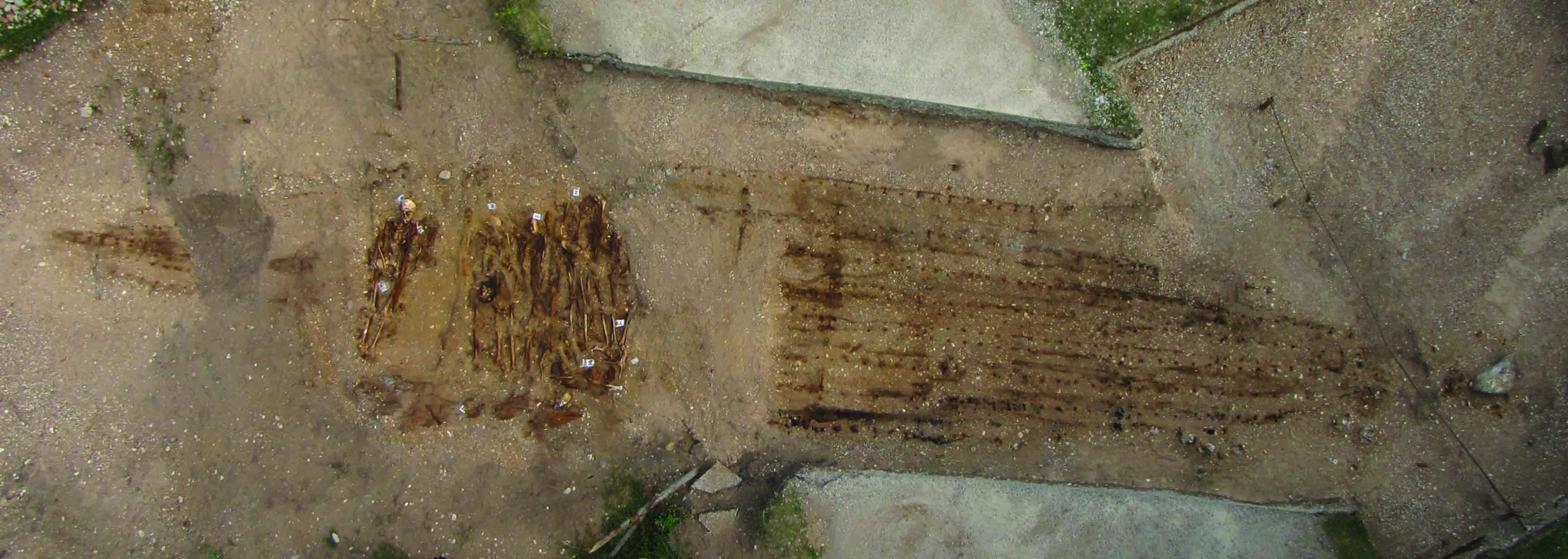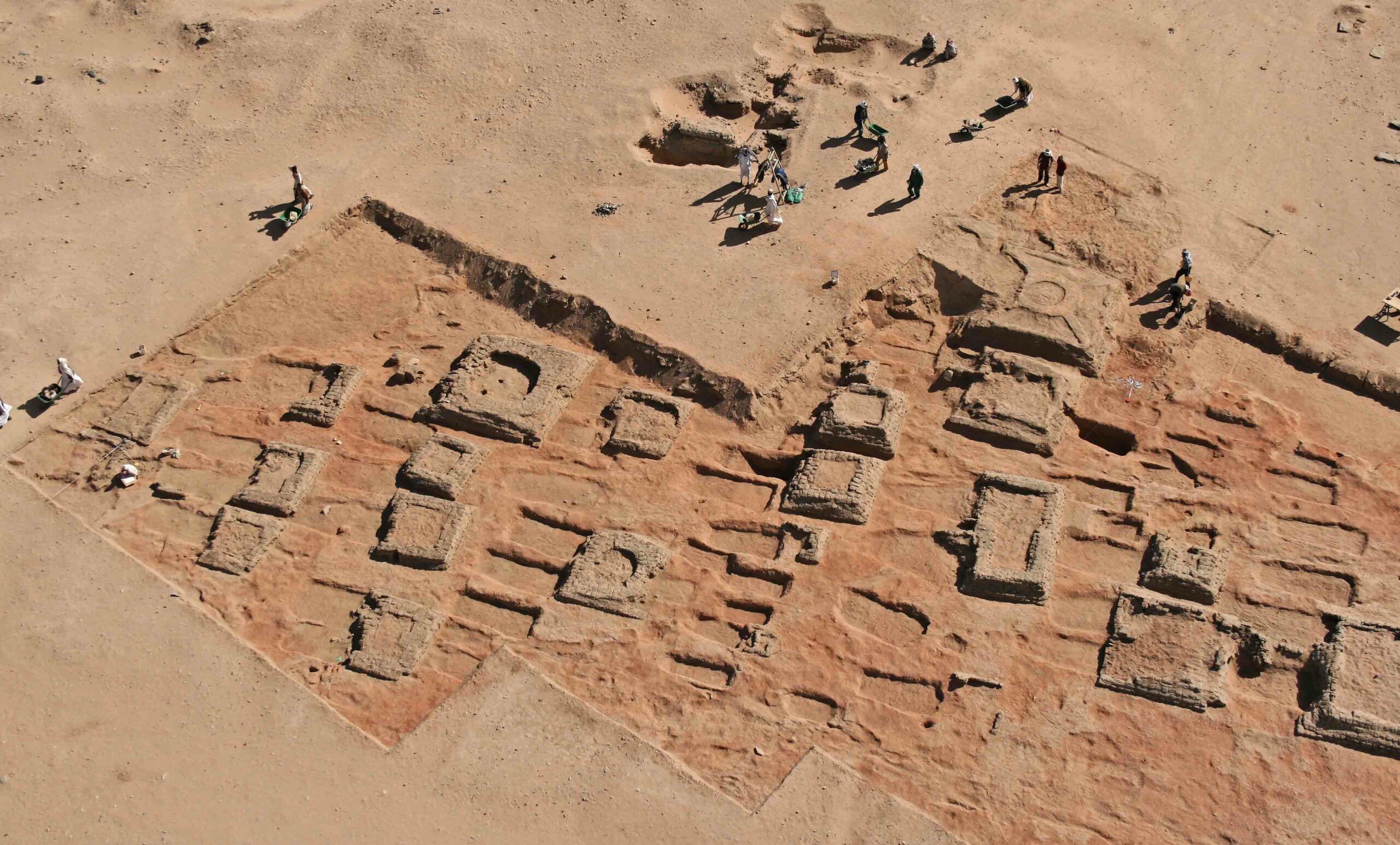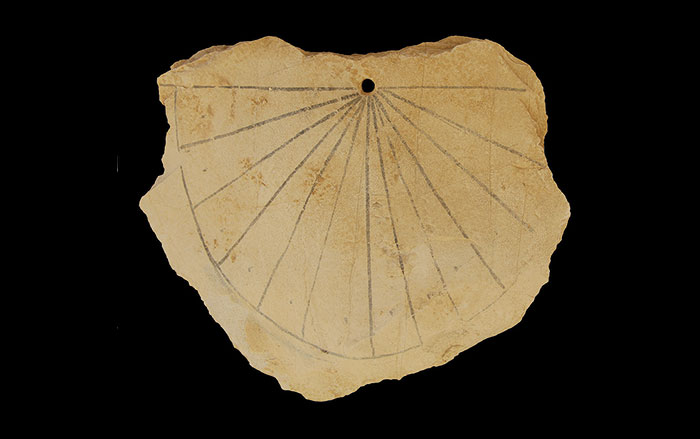
For the ancient Mesopotamians, hell was a distant place, across an ocean of death, located at the end of the world. But for the ancient Greeks and their Neolithic ancestors, the gates to the underworld were not that far away at all.
Earlier this year, University of Salento archaeologists announced the discovery of one such portal at the Greco-Roman city of Hierapolis in southwestern Turkey. The team located a cave at the site that emits poisonous gases and was thought in antiquity to be an entrance to Hades. Known as “Pluto’s Gates,” for the god of the underworld, the cave is near a temple where the archaeologists found a column bearing a dedication to the god and his wife Persephone.
Not far away, excavations at a cave at Alepotrypa in southern Greece (above) suggest that the Greek concept of the underworld, on display at Hierapolis, may have originated in the Neolithic period. The entrance to this cave collapsed 5,000 years ago, preserving evidence that Neolithic people lived there, and that others made pilgrimages there from afar to bury their dead. Millsaps College archaeologist Michael Galaty, who works at the site with a team led by Greek archaeologist Giorgos Papathanassopoulos, says his colleagues believe the site took on mythological significance. “Giorgos thinks that when the cave collapsed and everyone left, they took this cultural memory with them of an underground realm where they buried the dead,” says Galatay. “This could be the source of the Greek fascination with the underworld.”












